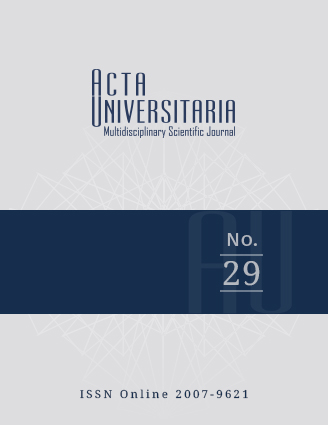Evaluation of three phenolic compounds as potential targets in the control of anthracnose
Published 2019-09-02
How to Cite
Abstract
The search for alternatives for the control of anthracnose is crucial to prevent the development of the causative agent in crops that are susceptible to this disease. In vitro sensitivity analyzes were performed on a strain of Colletotrichum gloeosporioides identified with taxonomic keys and molecular techniques with three phenolic compounds (catechol, orcinol, and resorcinol). To evaluate the effectiveness of each compound, the mycelial growth area in square millimeters (mm2) was determined with ImageJ® software, validating it with a statistical analysis with SAS® software. In the bioassays, resorcinol at a concentration of 200 parts per million (ppm) had a lower action of mycelial growth inhibition, unlike catechol and orcinol. The results shown suggest catechol and orcinol as possible study targets as active ingredients of the fungicides used to control phytopathogen associated with anthracnose in fruits of economic importance.

